The surprising politics of parking
Preserve Neighborhood Quality of Life
Castilleja’s expansion poses challenges for teacher commute to school
A puzzle: 416 students and 118 employees must get to and from Castilleja each day. Only a small—but not at all insignificant—minority of this number lives within five miles of campus. Over the course of the day, there may only be 1,198 car trips to campus, so drop-offs count twice. Of the students, only seniors may park on campus. There is no street parking available to students or faculty except for along the perimeter of the school.
What you must understand is that the area in which Castilleja is located is zoned as residential land, and the school can only operate because of a Conditional Use Permit (CUP) issued by the City of Palo Alto. CUPs are very prescriptive, outlining precise maximums for number of students and faculty, the number of events that can be hosted a year, the hours of operation and the number of car trips each day (among other things). Most private schools operate with the aid of CUPs, but public schools do not.
CUPs can be reevaluated and reinstated under different terms. It is the latest iteration (2022) of Castilleja’s CUP that, in addition to allowing for the school’s expansion and renovation, specifies that juniors are not allowed to drive to campus and that there can only be 1,198 daily car trips to campus. 1,198 is already a tight number, and the number of people allowed to drive to school has decreased by around 50 (let us say that roughly 65% of the junior class would drive and then a few sophomores), increasing daily car trips when these students need to be both dropped off and picked up. How do you ensure you are below 1,198 trips a day? Castilleja’s solution was to ask both students and employees to find “alternate transport” to campus.
Castilleja has not made this ask without support, though. For the 2022-2023 school year, Castilleja increased its number of bus and shuttle offerings. Employees can get their Clipper cards paid for by the school, and Castilleja offers $50 to each employee for anything that will help with alternate transport (a very average bike will cost $400-$800, but you could purchase a helmet or bike lights for $50). The school has also added an additional offsite parking area two and a half miles from Castilleja where people (both students and employees) can park and be shuttled to campus.
For the past five or so years, Castilleja has asked its employees to help reduce car trips to school by commuting in a way other than single-car transport a minimum of three days a week. This year, the number has been raised to four days a week. The phrase “a way other than single-car transport” is a bit misleading. Many employees still commute via single-car transport, parking in off-site locations—like the parking lot of the First Presbyterian Church of Palo Alto—and then walking to school.
Some school employees live in or near San Francisco. I spent a considerable amount of time on Google Maps and looking at train schedules trying to figure out a way to get from various San Francisco neighborhoods to Castilleja in less than an hour, but I failed miserably. Car transport is often the best option for many employees (and students) who live far away.
People who need to drive are encouraged to carpool, and Castilleja has a system that connects students who live close. Carpooling, however, is far easier said than done.
When Bethany Blackwell started teaching at Castilleja in 2013, a few other Castilleja employees lived near her in Oakland. Carpooling was not out of the question. (On a weekday morning, commuting from Oakland to Castilleja can take well over an hour outside the carpool lane, depending on the traffic on I-880 (or, a two hour Bart and Caltrain ride)). However, over time, these employees have moved closer to campus or left both Castilleja and the Bay Area.
See, if you put a school in the middle of one of the wealthiest areas in the United States, you may find that your employees may never be able to live within walking or biking distance of the school. Castilleja is privileged in that it can pay its employees more than many other schools, but a quick glance through Google (not that Niche or Glassdoor are the most accurate, but I do not feel like asking employees about their salaries) shows that Castilleja salaries often lie between $50,000 and $150,000 (which breaks down into $4,150 – $12,500 a month before taxes) and that the median listing price of a house in Palo Alto is 3.6 million dollars. According to RentCafe, the average Palo Alto rent is $3,700 a month.
Angelica Ortiz Anguiano, who majestically scooters into school almost every day, pointed out that carpooling is difficult not only because of how dispersed employees are, but because home and Castilleja are only two parts of everyone’s lives. Before and after school, there are errands to run, children to chauffeur, and social events. I’m a Castilleja student; I know what it’s like to finish school and have three more places to be before home. On some days, carpooling would be a nightmare.
Employees who are able to commute to school in a way other than single-car transport, like Ortiz Anguiano, face a whole host of challenges separate from gas prices, traffic and parking. Ortiz Anguiano scooters to campus every day (weather permitting) from her home in East Palo Alto. Her scooter can go 25 miles per hour and can get her to school in less time than a car. When it starts getting dark even earlier, Ortiz Anguiano will have to leave campus soon after classes end in order to get home safely before dark. Scootering also makes it harder to transport any items other than a backpack.
While Castilleja has asked its employees to find alternate transport to campus the majority of the time, the school understands that some employees will have to commute via single-car transport. Employees who cannot seek alternate transport can still support the reduction of car trips to campus by driving a shuttle, helping with traffic control, or monitoring parking in the neighborhood.
Castilleja’s CUP and its terms are the attempt of the City of Palo Alto to balance the needs of its residents and its businesses. The current CUP will likely be in effect for ten to fifteen years—maybe longer. Even when the renovation is complete, and there is more parking on campus, juniors will still be unable to drive and there will still be a maximum of 1,198 daily car trips.
Some of you surely recall signs posted in neighbors’ yards reading, “Stop 15 years of permit violations.” Castilleja has a history of over-enrollment. The old CUP (2000) allowed for 415 students, a number Castilleja has been consistently over. Years of CUP violations have deteriorated trust between Castilleja and its neighbors. Castilleja sees strictly adhering to CUP terms as a way of rebuilding this trust.
Castilleja is in a difficult position. Physically, it is situated on residential land (which, as a non-profit, it does not pay taxes on) surrounded by $8 million (or more) houses. The school must attempt to balance the needs of its student and employee bodies while adhering to the legal terms allowing its operation. If these stringent measures are what it takes to get 1,198 daily car trips with 534 people (416 students), what happens when Castilleja’s enrollment hits 540?

Sara Baudler '23 is the Editor of News and the Editor of Humor for Counterpoint. Sara's life goals include being 6'3" and winning the Masters Tournament;...


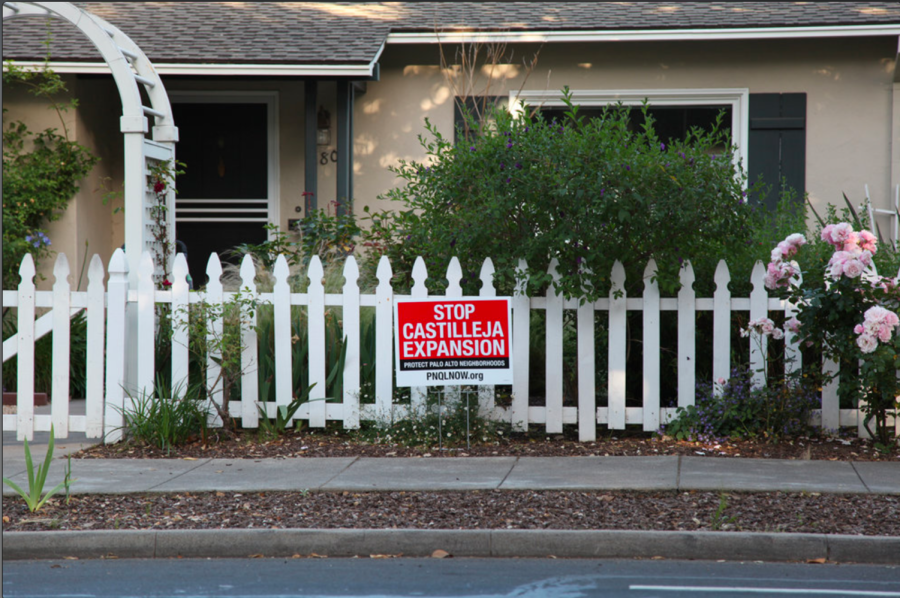
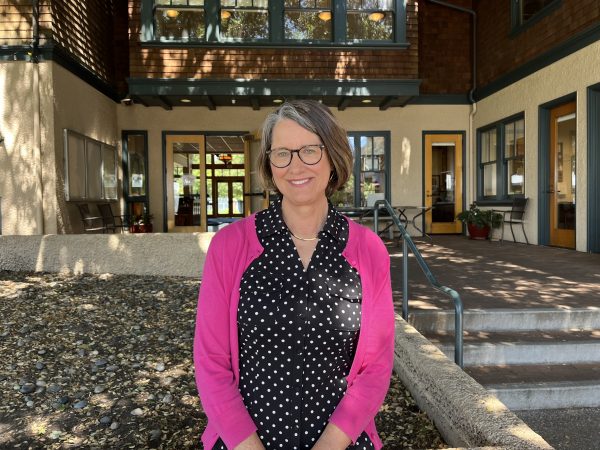

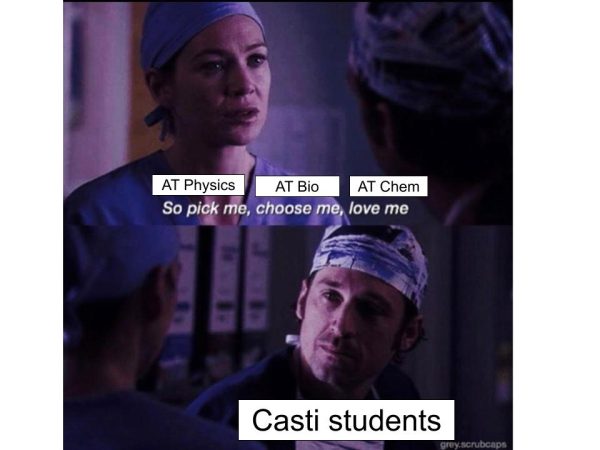
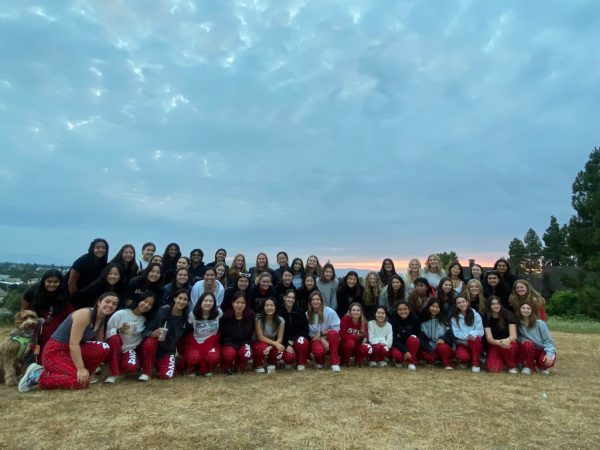


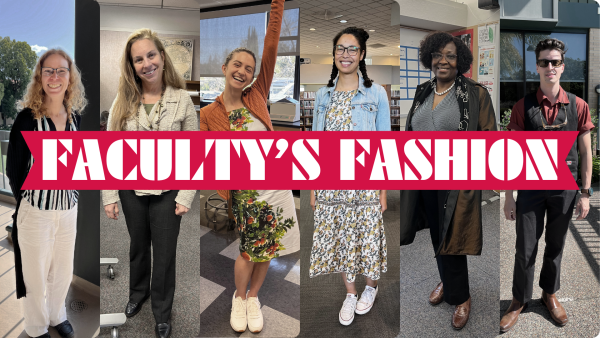
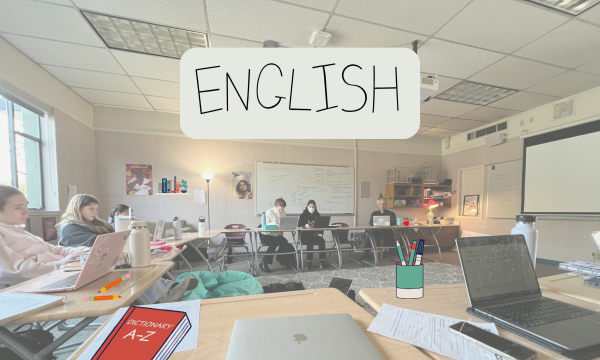
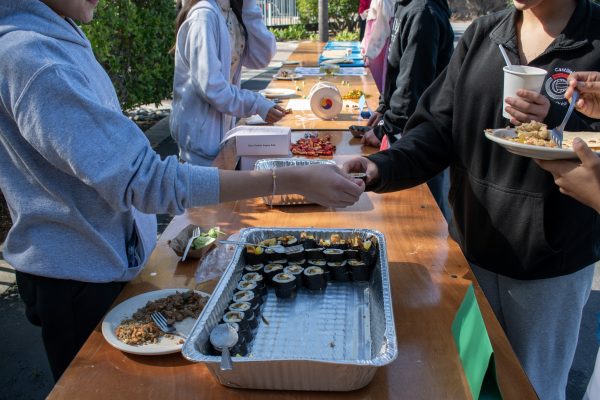
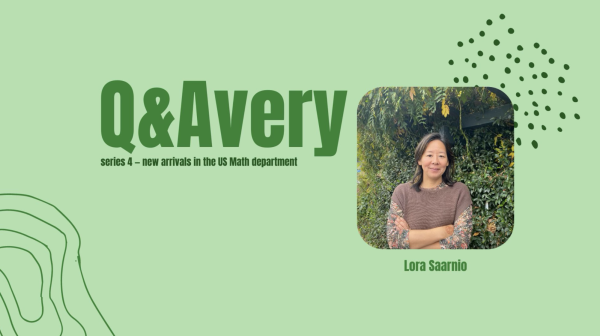
naomi | Nov 8, 2022 at 11:24 am
This is so interesting and very well researched!
christy story | Nov 7, 2022 at 3:03 pm
I appreciate the impressive journalism represented by this article. But more importantly, I am enthralled with the choice of adverbs to describe Ms. Ortiz’s journey on her scooter as ‘majestic.’